Mixquic es más famoso por las celebraciones del Día de los Muertos que tienen lugar aquí cada año. En la frontera con el Estado de México, era otro reino insular, completamente integrado al sistema de canales chinampa que caracterizan gran parte del sureste de la ciudad.
Mixquic a lo largo del año
La afluencia de visitantes de fuera de la ciudad de Mixquic ha dado lugar a una experiencia de Día de los Muertos que se está convirtiendo en un recorrido anual por los cementerios de los alrededores. Varias empresas privadas ofrecen ahora estos recorridos.
Pero Mixquic es fascinante en cualquier época del año. La iglesia y el monasterio situados en el centro del famoso cementerio son creaciones agustinianas del siglo XVI. Construidos sobre un centro ceremonial Mixquica, se trata de un territorio antiguo. El atrio de la iglesia exhibe con orgullo una figura de Mixquixtl, diosa de la vida y la muerte, y una magnífica escultura de Chacmool, junto con dos de los aros utilizados en el antiguo juego de pelota.
Uno de los siete asentamientos originales de Tláhuac, el nombre proviene del náhuatl mizquitl que significa “lugar de mezquites”.
Rodeado por las aguas del lago de Chalco, el pueblo fue en su día la sede de un reino insular. Dependiente durante mucho tiempo de la pesca, desde aproximadamente 1168, la isla fue el hogar de los pueblos chichimecas, chalcas y cuitlahuacas. Posteriormente fueron sometidos por Xochimilco y, finalmente, por Tenochtitlán.
Fueron los frailes agustinos Jorge de Ávila y Gerónimo de San Esteban quienes asumieron el proyecto de convertir a todos los pobladores al cristianismo y a ellos se les atribuye haber añadido el nombre de San Andrés al de Mixquic. El complejo eclesiástico que comenzaron a construir, en 1536 y 1537, se terminó en 1563. Un terremoto destruyó todo menos el campanario y las obras se reanudaron en 1620.
La iglesia tiene hoy tres grandes naves. La puerta de madera conserva los clavos y los acabados de latón originales. El retablo muestra una figura de Cristo hecha con pasta de maíz. Conocido todavía como el Señor de las Maravillas, los tobillos, las rodillas y los hombros están articulados para darle movimiento, y el pelo es natural. El patrón de la iglesia lleva un pez en la mano, en reconocimiento al papel histórico de Mixquic como pueblo pesquero.
Día de los Muertos en Mixquic
Los días 1 y 2 de noviembre siguen siendo grandes fiestas, y como las celebraciones del Día de los Muertos en Ciudad de México son cada vez mayores, también lo son aquí.
Cuidado, la mayoría de los visitantes no pueden entrar al cementerio después de las 10 de la noche del 2 de noviembre. Este es el punto álgido de las festividades, y la mayoría de los visitantes se encontrarán con un ambiente más bien carnavalesco en el exterior.
Muchos de los cementerios de los alrededores de los pueblos chinamperos también atraen a visitantes internacionales y mexicanos.

Cercano a 0.06 kms.

Cercano a 0.33 kms.
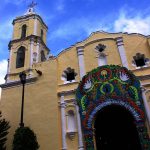
Cercano a 1.17 kms.

Un templo del siglo XVIII en uno de los asentamientos originarios de Xochimilco.
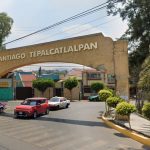
Uno de los 14 asentamientos originarios de Xochimilco, este es el hogar del Departamento de Arte y Diseño de la UNAM.
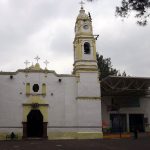
La iglesia parroquial de San Gregorio Atlapulco, en Xochimilco...
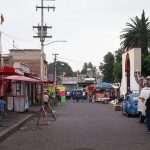
Uno de los pueblos agrícolas más famosos y encantadores de Xochimilco...
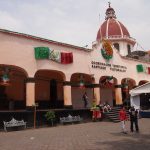
Uno de los Pueblos Chinampas más importantes del oriente de la Ciudad de México...